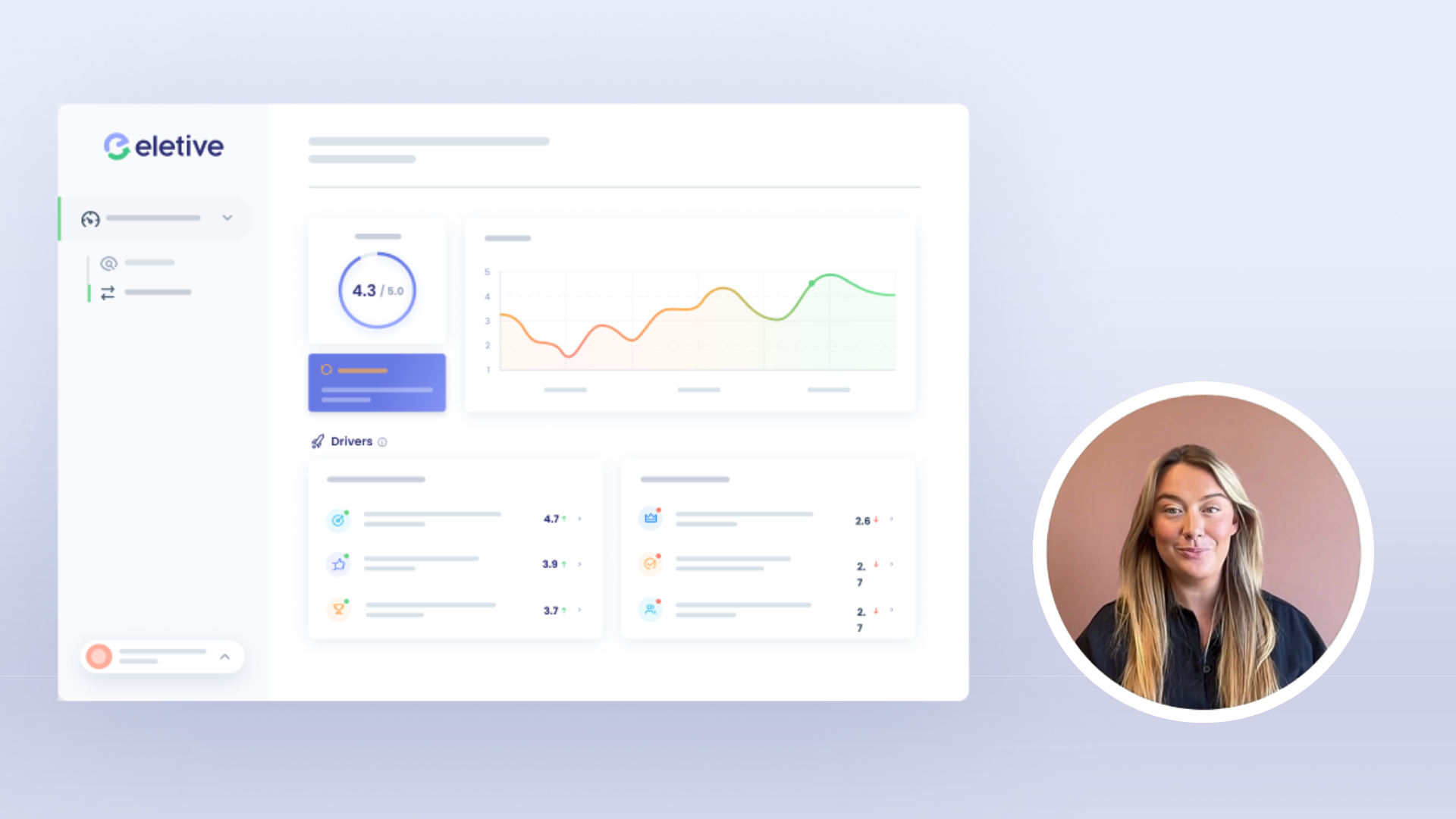Regretted employee attrition is a costly issue and a challenge for most organisations. In this article, we take a look at what regretted attrition is – and how to prevent high attrition rates.
What is regretted attrition?
Regretted attrition is sometimes also referred to as regrettable turnover or unwanted turnover. It's a term describing the employee turnover that consists of employees deciding to leave the organisation of their own accord, not to be confused with turnover where employment was ended for other reasons.
Regretted attrition is naturally an essential focus for HR professionals, as the ability to retain valued top talent is a critical success factor. And vice versa, the inability to retain talent long-term can seriously hamper an organisation.
Regretted vs. non-regretted attrition
In HR analytics, it's not enough to simply track employee turnover. To improve retention, it's essential to understand attrition metrics at a deeper level. It's also important to recognise and define the difference between regretted attrition and non-regretted attrition.
Regretted attrition consists of the employees that the organization would have liked to keep but who decided to leave.
Non-regretted attrition consists of the employees who left the organisation for other reasons. It could be, for example, because of retirement, because their contract ended or because it was terminated for some reason.
The cost of regretted attrition
Replacing an employee who leaves the company is expensive. A high turnover means a lot of costs, and not only for recruiting. Losing a valued employee often means a loss in momentum. The remaining employees are left with more work while covering for the person who left, which can lead to higher stress levels and decreased employee satisfaction. In the wake of the great resignation, this has become a really troublesome issue for many organisations.
Luckily, there are steps that organizations, people leaders, and human resources teams can take to improve employee retention. Let's have a look at a few of those steps!
5 ways to reduce regretted attrition
There are many factors at play when it comes to employee retention. Below, we've listed five important steps to help you reduce unwanted staff attrition and keep your top talent long-term.
Build a company culture where people want to stay
Use regular employee surveys to understand your people
Provide opportunities for career development
Perform thorough exit interviews when people leave the organisation
Track employee turnover and connect it to engagement data
1on1:format(jpeg)/f/288714721386412/afef3b45ae/1on1.jpg)
Build a company culture where people want to stay
This one may sound obvious, but it still needs to be mentioned. You've probably heard the saying, "people don't leave bad jobs; they leave bad bosses"? Well, it's not just a saying; it's true. And sometimes, "bosses" can be exchanged for "cultures". Building a culture where people are engaged in their work and feel a sense of belonging is the best way to prevent unwanted attrition.
:format(png)/f/288714721386412/8bc74e1c86/ewebinar__1_.png)
Increase engagement with Eletive
Use regular employee surveys to understand your people
To build a workplace where people thrive, you need to understand what your people need and want – and if they're getting it or not. The best way to do that is to ask them. And not to ask them once a year with one gigantic questionnaire, but to ask them frequently and regularly about how they perceive the employee experience in your organisation.
Eletive-onboarding-questions:format(jpeg)/f/288714721386412/565a848f4f/onboarding_eletive_question.jpg)
Read more about Eletive's pulse surveys
Take action on employee feedback
When gathering employee feedback, it's essential to also act on it to continuously improve the employee experience. A good way to take action is often to include employees in the action planning. This creates a sense of ownership and accountability and sends the message that everyone is responsible for the outcome together.
The Eletive platform makes it easy to connect the survey results to actions and turn them into a to-do list. This also means it's easy to track if the actions being taken are affecting the survey results so that managers and teams can iterate and be agile.
Read more about our features for action plans.
Provide opportunities for career development
People often choose to leave their jobs because they want to develop their careers and "take the next step". Therefore, offering career development opportunities within the organisation is essential to improve staff retention. If there are no opportunities to learn new things and grow professionally, even people who love the organisation will eventually leave. And it's important to remember that the opportunities must also be communicated to everyone in the organisation.
Perform stay interviews to learn what your employees value
A great way to learn what your employees value is to conduct stay interviews. Stay interviews are informal conversations with employees in which you ask them about their job satisfaction, what they like and don't like about their work, and what might make them leave. Stay interviews can help managers identify potential problems that could lead to employee turnover, and they can also reveal opportunities to improve job satisfaction. By taking the time to learn what your employees value, you can make your company a better place to work and reduce turnover.
Perform thorough exit interviews when people leave the organisation
Another game-changer for reducing regretted attrition is to perform exit interviews with everyone who chooses to leave the organisation. Once someone has decided to go, you have a good chance of receiving honest feedback. And that feedback is invaluable when it comes to improving the employee experience and improving staff retention.
In the Eletive platform, you can create custom surveys for exit surveys, and other important touchpoints in the employee journey.
Read more about custom surveys in Eletive.
Track employee turnover and connect it to engagement data
You know what they say – what gets measured gets managed. This is very true in the case of regretted employee attrition. But it's not only essential to keep track of how many employees left and stayed during a specific time period. It's also crucial to connect those numbers to metrics that can help you explain the trends and take action to turn them in the right direction. In the Eletive platform you can find the feature Attrition Risk that can anticipate attrition and help HR take preventive actions to reduce employee turnover. Address issues leading to dissatisfaction among your employees and take relevant action to increase employee engagement.
The Eletive export API makes it possible to export survey answer data on the segment and organizational level. This enables you to crossmatch data with other systems such as sales data, employee retention data, productivity, and financial data.
Related reading: How intelligent employee surveys can improve your people decisions

























:format(jpeg)/f/288714721386412/2545cc2175/blog-what-is-regretted-attrition-and-how-can-hr-reduce-it-hero_media.jpg)
:format(png)/f/288714721386412/70a5012076/blog-eletive-secures-growth-investment-from-accel-kkr-hero_media.png)
:format(jpeg)/f/288714721386412/a906f14dff/blog-hr-trends-2026-ai-data-and-employee-experience-hero_media.jpg)
:format(png)/f/288714721386412/9f8e0a2347/blog-beyond-the-hype-the-new-rules-of-people-success-in-a-global-ai-powered-hero_media.png)